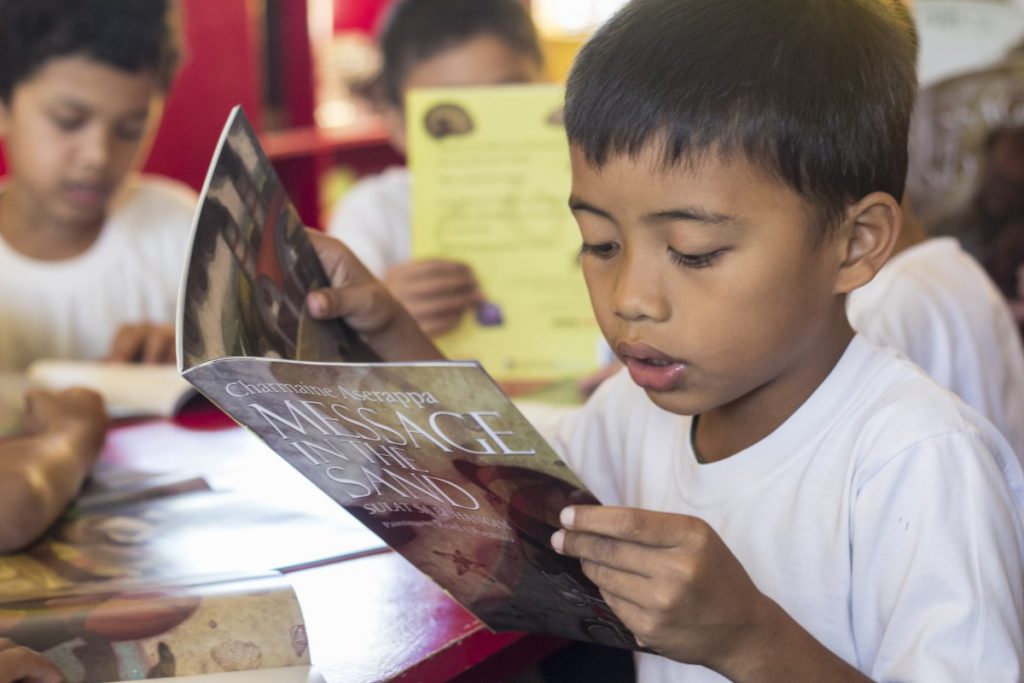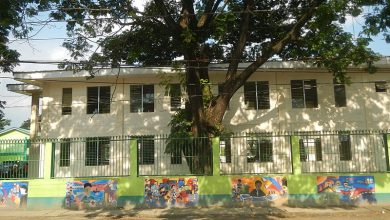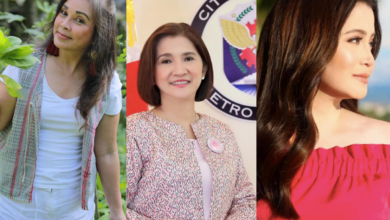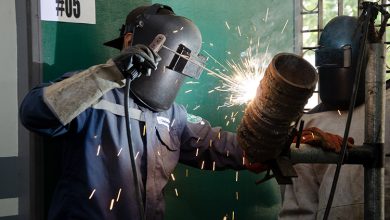
Early Child Education: Why It’s Important For Us
A major state university in Mindanao lures students from across the Southern regions. Will Special Education earn the attention it deserves in the hierarchy of the nation’s learning institutions?
What is “proper education?” If I were a more traditional educator, I would simply define this based on the Webster dictionary, saying “proper” means correct according to social and moral rules, and “education” as the knowledge, skill, and understanding that you get from attending a school, college, or university.
Given that definition, it seems self-explanatory and perhaps many of us still regard proper education as simply that, the knowledge and understanding you receive from school, which is correct according to social and moral rules. There seems to be a disconnection though, and in my opinion, the problem is that as the world evolves, so do people and perceptions of morality.
Most noteworthy in our society is the geography of our country. The Philippines is a diverse and multi-cultural nation with 14 regions and more than 7,000 islands. This in itself makes defining “proper education” challenging because each region has their own ethnicity, having unique languages, customs, religion, and beliefs.
There may be one binding opinion throughout our islands, and that is, all over the Philippines, families believe in sending their young children to school because education will bring a better life and a better chance in advancing towards future success.
According to www.nea.org, a high quality early childhood education program for children before they turn five provides significant long-term benefits.
In the United States, the High Scope Perry Preschool Study found that individuals who were enrolled in a quality preschool program made up to $2,000 more per month than those who were not. Young people who were enrolled in preschool are more likely to graduate from high school, to own homes, and have longer marriages.
The Abecedarian Project is another study that shows similar results. It was concluded and predicted that children enrolled in preschool are less likely to repeat grades, or get into future trouble with the law.

In the Philippines, some of the barriers of a successful nationwide campaign for early childhood education are: first, the diverse culture, and second, the geographic nature of our country. I strongly believe that these barriers can be resolved if the Basic Education Program will adhere to something similar to the Montessori method of teaching preschool.
In Montessori de San Juan, as in any true Montessori classroom, students develop order, coordination, concentration, and independence. Classrooms are designed to support the individual’s emerging self-regulation. Self-regulation is the ability to recognize challenges, be problem solvers, from toddlers through adolescents.
Montessori education also acknowledges that all children are different. Each child learns in various paces and because of this, encourages each advancing through the curriculum, as the child is ready guided by the teacher through an outline similar to an individualized plan. Another notable method or style in a Montessori classroom is allowing each child to have freedom within limits. The child works within parameters and goals set by the teachers. Students play an active role in deciding what their focus of learning will be. This allows each child to be curious, resulting in exploration, which translates to joyous learning that is sustainable throughout a lifetime.
A true Montessori education offers students the opportunity to develop their potential as they step out into the world as engaged, competent, and responsible citizens, appreciating and acknowledging that all throughout life, we learn.
Authentic Montessori classrooms include multi-age groupings that foster peer learning, uninterrupted work time, a teacher prepared classroom, and guided choice of activities. In addition, a Montessori classroom should have a full complement of specifically designed Montessori learning materials that are methodically arranged and available for use in a visually pleasing classroom environment.
This is key because learning takes place in the triangle of learning which includes the teacher, the learner, and the environment itself. I cannot stress enough that it is important that the teacher prepares the classroom to encourage independence, freedom within limits, and order.
The hallmark of the Montessori method is multi-age grouping where younger children learn from older children; older children reinforce their learning by teaching concepts they have already mastered by interacting with their younger peers. In early childhood, children are taught and they learn through sensory-motor activities, both gross motor and fine motor. Children learn while working with materials that develop enhance cognitive abilities. They do so through experiencing and exploring their senses, by engaging in concrete materials. This way, students are “learning by doing” and are enabled to think critically, work collaboratively, and act boldly – all necessary skills for the 21st century individual!
Understandably, not all Filipino families may have the opportunity to send their child to a Montessori preschool but now that the Philippine government has approved the K-12 education system, then there is a greater possibility for both public schools and private schools to catch the child at their last couple of years, during the “absorbent” stage (birth – 6 years old). I believe that the preschool programs around the country should be focused not only on academics but also more importantly, on love for learning, self-motivation and self-regulation, making them more prepared for elementary school and the challenges that face them socially and academically.
Preschool teaches young children to socialize appropriately and to build self-confidence. Another life-long skill that preschoolers are taught and exposed to is, cooperation, the need for the child to work with peers to achieve a common goal. In line with all of these, children are shown to respect others, exercise patience, and to share. Preschool also allows young children to be exposed to a diverse group of people, enabling them to value the differences we have with each other.
Going back to the primary challenges that face our nation’s ability to unite under an umbrella of diversity at a very young age, and while the basic educational benefits of preschool (such as literacy and numeracy) are definite and obvious, the developments children achieve towards becoming balanced individuals while attending preschool are truly valuable without a doubt.
In the simplest of forms, we may achieve a successful nationwide early childhood education campaign by simply establishing early childhood education classrooms in the Philippines while strengthening the value of accepting each other’s differences and encouraging cooperation and team work, resilience, and respect.
Valuing differences and diversity are essential to a child’s being appreciative and who regards and respects one another. It is important that during the young formative years, children are made to understand that everyone is unique, distinct, and special in their own way with their own culture, beliefs and ethnicity.
Preschool may serve to guide young learners understand these values in order to become well-rounded contributors to our society, striving toward common goals. To me, this is what defines early childhood “proper” education. Mabuhay!
via Resurgent.ph / Sandy Arellano
Sandy Arellano is Assistant Principal at Montessori de San Juan in San Juan, Manila. She is a mother of three boys, two of which were diagnosed with ADHD. This motivated her passion for special education through an “inclusive” approach in education, an advocacy she strongly supports. She holds a bachelor’s degree in psychology and a master’s degree in special education.




